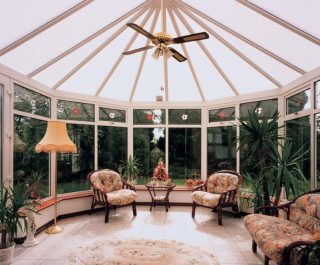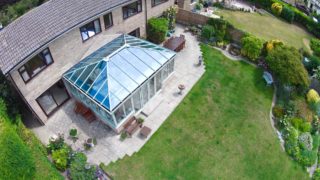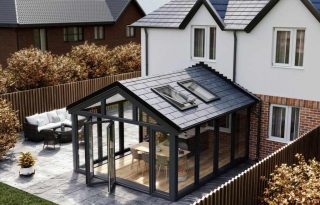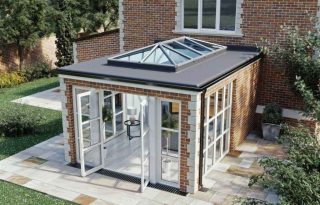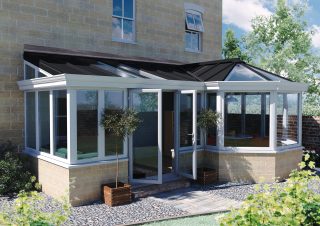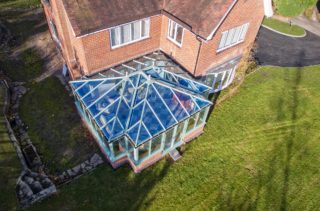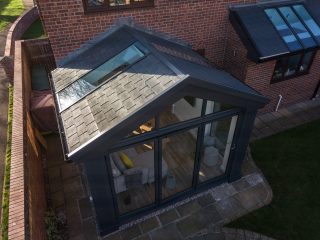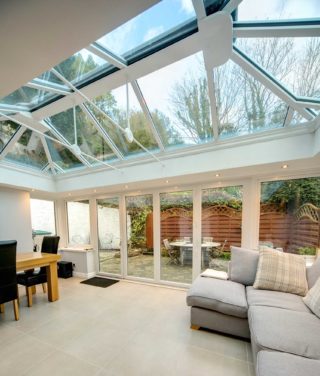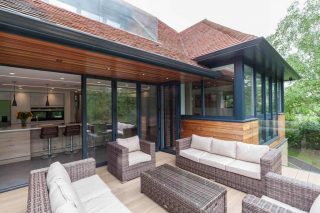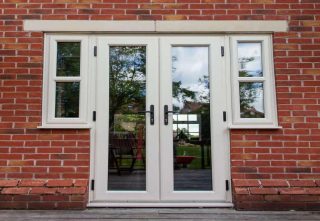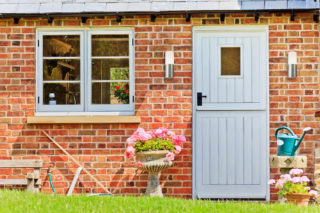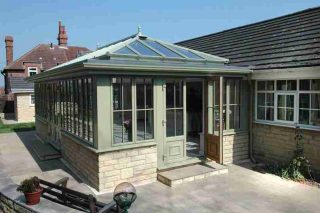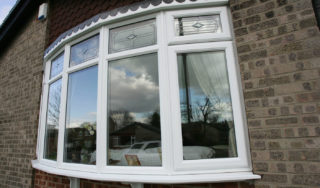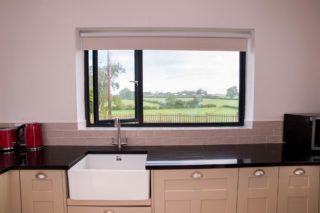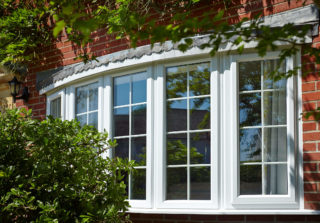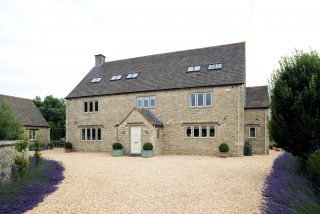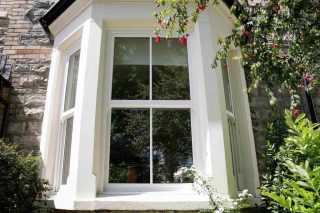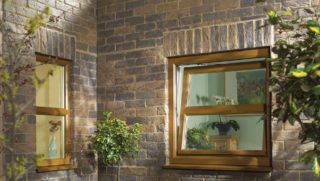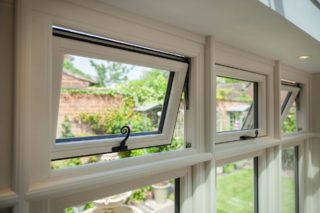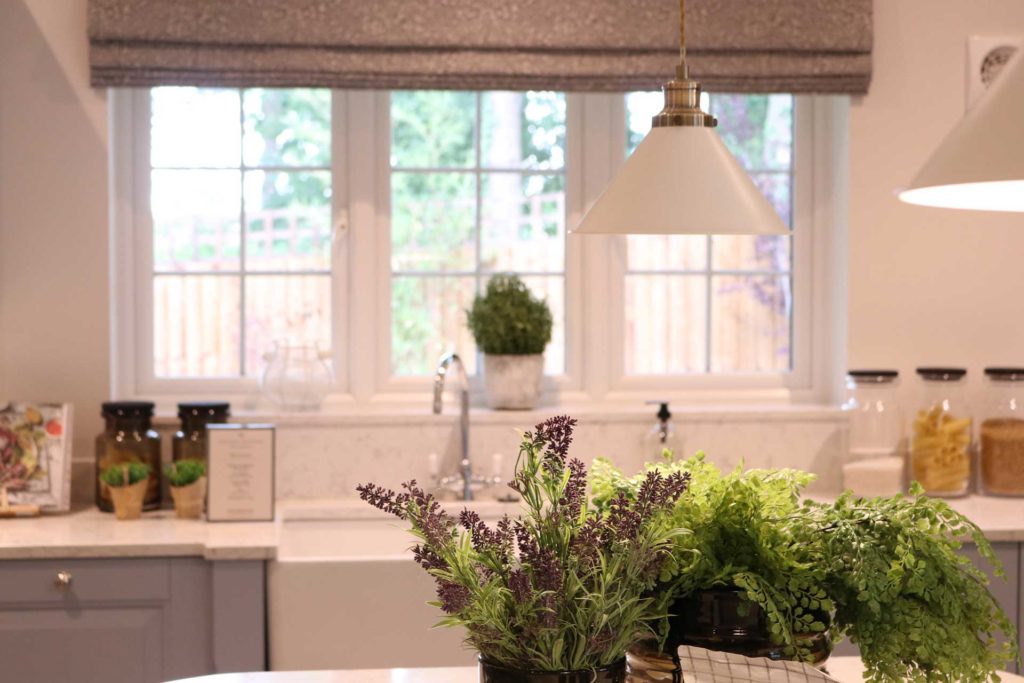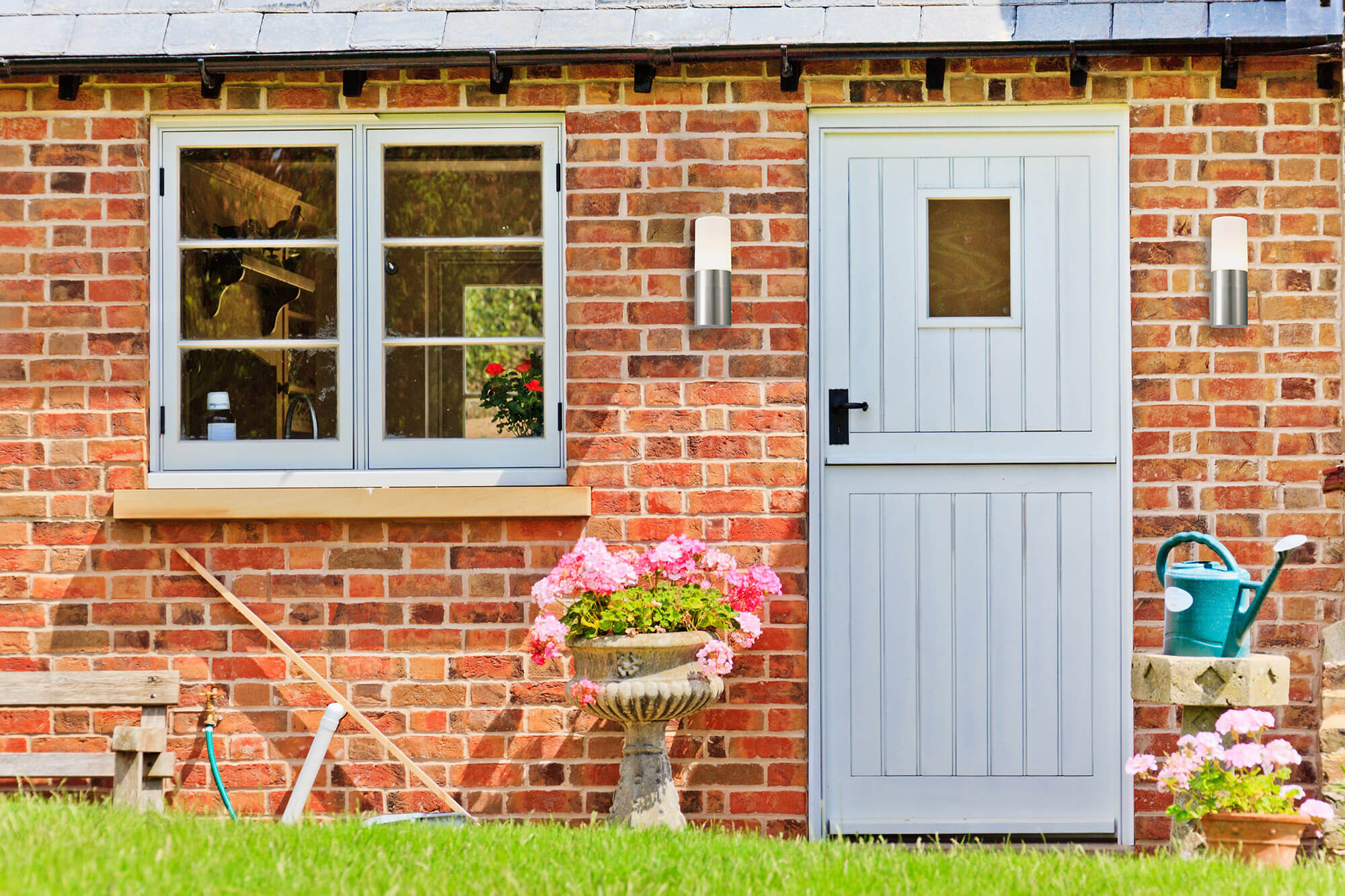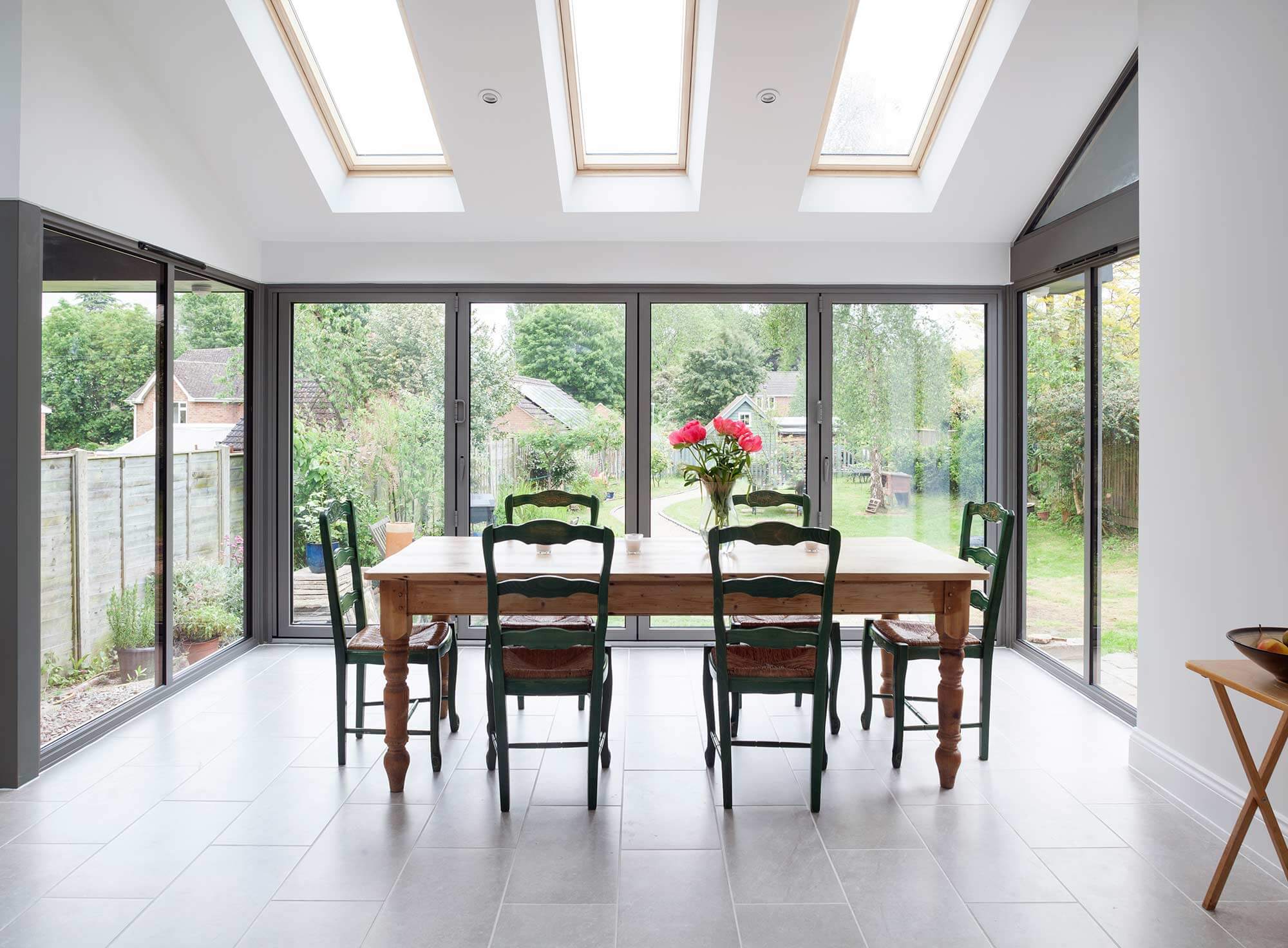Which Is Better When Extending Your Home: Conservatories vs Orangeries
Deciding between a conservatory or an orangery is a common dilemma for homeowners seeking extra living space. With both options offering unique benefits, understanding their differences, especially in style, cost, efficiency, and planning, is essential for making the right decision for yourself.
In this helpful guide, Pears Home Improvements will walk you through everything you need to know – from what a conservatory is and what an orangery is, to orangery vs conservatory, and the difference between an orangery and a conservatory.
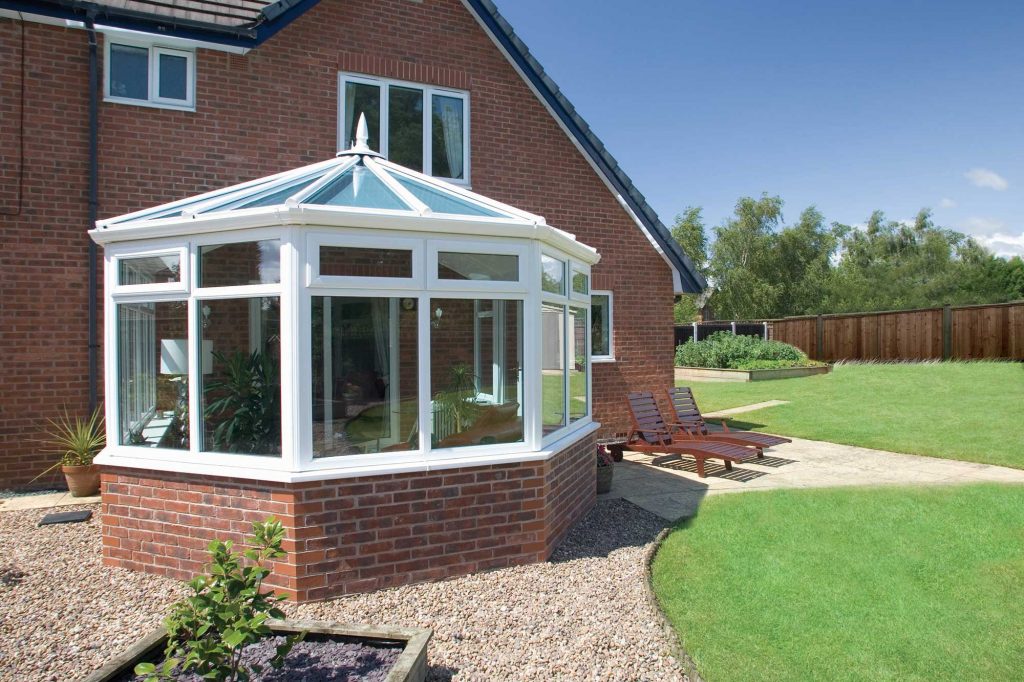
What Is a Conservatory?
A conservatory is a glazed extension, typically attached to the rear of a home, characterised by over 50% glazing on both walls and roof, often with a pitched glass top. Originally used to cultivate plants, modern conservatories come with high performance double glazing and options like solid tile or glass roofs, offering versatile space for relaxation, dining, or home offices.
In terms of their advantages, conservatories are a cost effective type of home extension, making them a worthwhile investment to your home with increases in performance and property value. Depending on the location of your home, your new conservatory may also be exempt from a planning permission and fall under permitted developments. Not to mention the commonly known fact that conservatories are available in multiple and highly customisable styles, materials and roof types.
In terms of disadvantages, conservatories may be less thermally efficient than orangeries or house extensions, if they are not installed or upgraded with advanced glazing and heating systems to keep your space cool in summer and hot in winter.
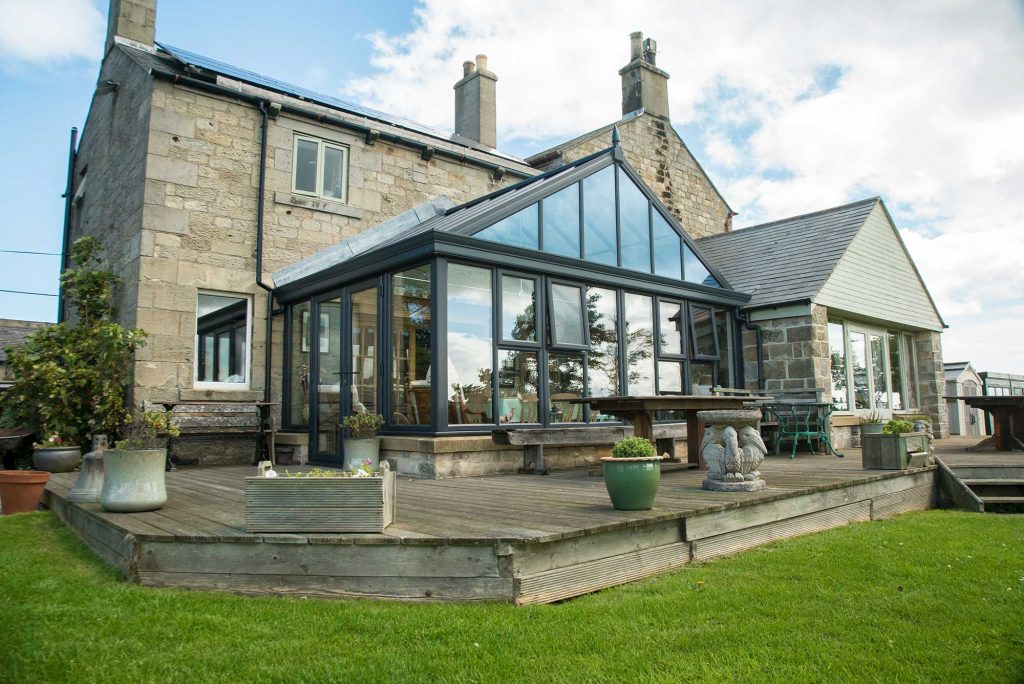
What Is an Orangery?
An orangery blends the glazed appeal of conservatories with the solidity of home extensions. Featuring less glass, brick walls, or substantial piers, and often a central glass lantern roof, orangeries feel like a more permanent part of the house and blend right into your home, rather than feeling like an extra new space.
While they were historically used to shelter citrus plants, in the modern era, they are commonly used as a living space or an open-plan room. Being highly customisable, you can use this space for any purpose. As a gym, dining room, relaxation spot, home office – you name it. Another advantage of adding an orangery to your Worcester home is the increase in natural light. Even though they are combined with flat roofs, you can incorporate lantern roofs or skylights for increased lighting. Similar to conservatories, the increase in performance and aesthetic appeal will contribute to a boost in property value.
When it comes to their disadvantages, orangeries might be higher cost due to brickwork, lantern roofs and structure. However, it is worth noting that the cost differences between a conservatory vs orangery are dependent upon your choice of customisation and style. The good news is, our dedicated cost guide on conservatories vs orangeries is available for you to read here. Though if you need further guidance, the Pears Home Improvements team is on hand to answer your queries – call us today on 01905 724085.
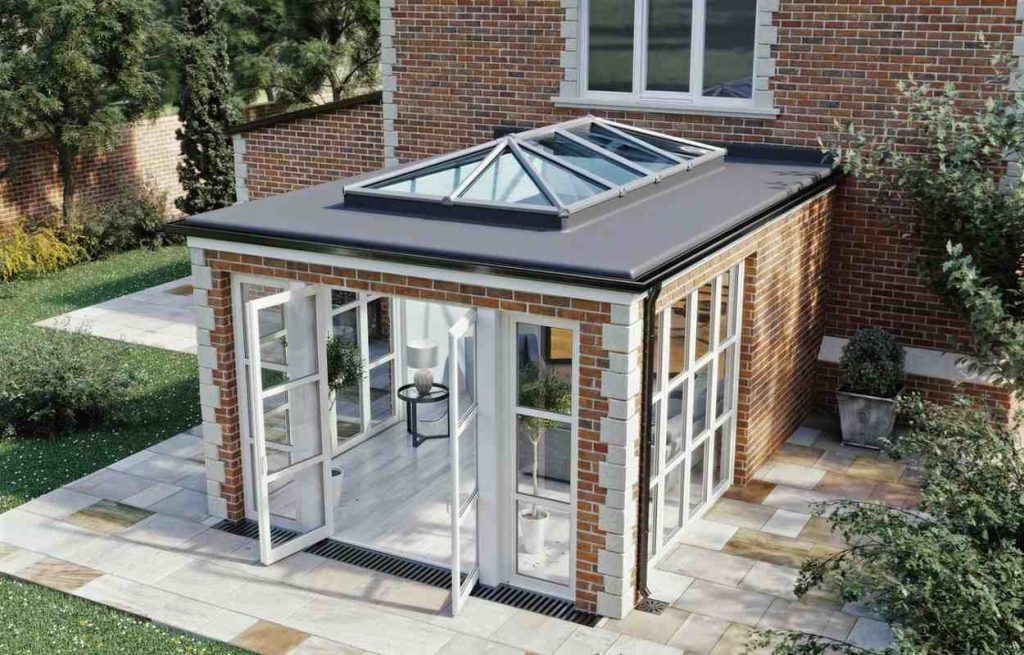
Key Differences Between Conservatory and Orangery
Understanding the difference between a conservatory and an orangery can help homeowners choose the right solution when extending their property. One of the primary distinctions lies in the roofing design. Conservatories typically feature more than 75% glazing, often creating a bright and airy environment with panoramic views. In contrast, orangeries incorporate less than 75% glass in the roof, often featuring a solid perimeter and a central roof lantern, which gives a more enclosed, private feel.
Wall construction also plays a significant role in distinguishing the two. Conservatories generally use fully glazed walls, which enhance natural light but can limit thermal efficiency. Orangeries, however, are designed with brick piers and insulated walls, offering superior warmth and structural stability. As a result, thermal efficiency is significantly better in orangeries, making them more comfortable for year-round living, while conservatories can be more seasonal in use, depending on the materials or glazing used.
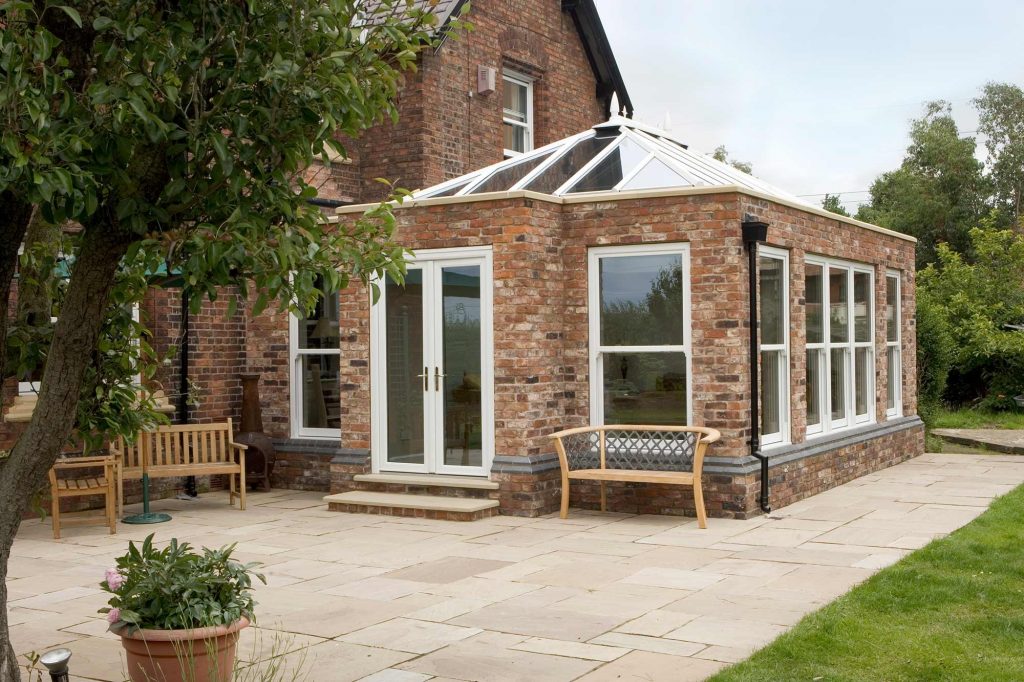
When it comes to planning regulations, conservatories are often considered permitted developments and may not require full building regulation approval. Orangeries, because of their more solid construction, typically do require planning consent and adherence to building standards. This structural complexity also means that cost differs so conservatories can generally more affordable, whereas orangeries can require a higher initial investment.
In terms of long-term value to your home, orangeries usually provide greater appreciation due to their enhanced insulation, durability, and architectural appeal. Conservatories still add value, but to a more moderate degree.
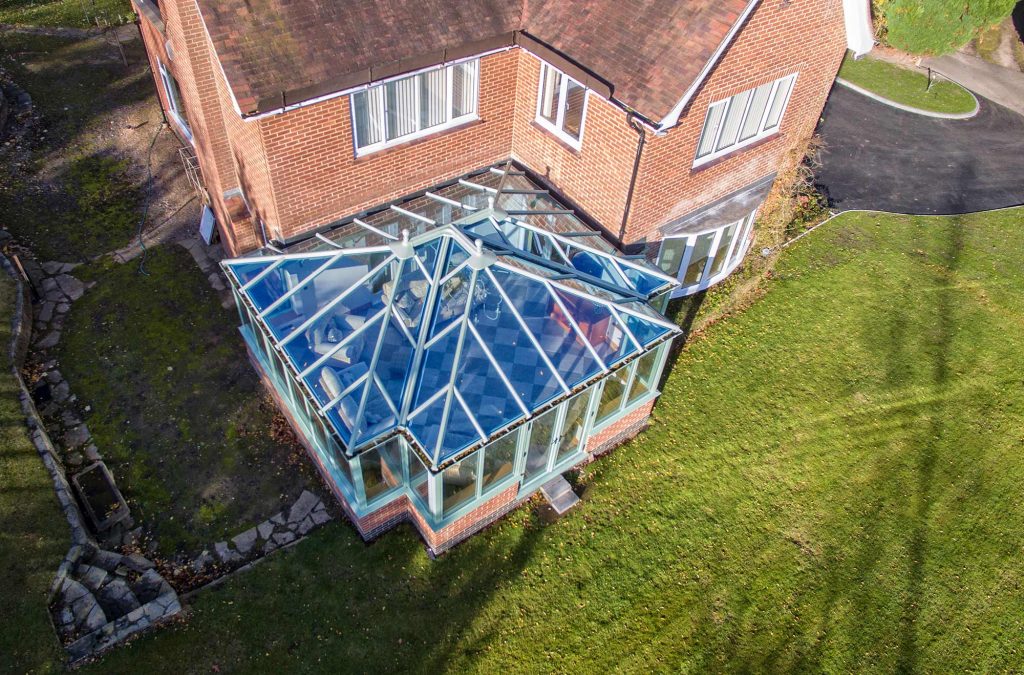
Can You Convert a Conservatory Later?
Yes, it’s entirely possible to convert a conservatory into an orangery or full extension over time. This type of home improvement typically involves reinforcing the foundations and replacing large sections of glazed roofing or walls with more solid, insulated materials.
Homeowners often opt to upgrade by installing solid tiled roofs, brick walls, or adding a roof lantern. These enhancements improve both insulation and functionality, effectively transforming the space into a hybrid between a traditional conservatory and a modern extension.
Why Choose Pears Home Improvements?
Pears Home Improvements is a trusted name for bespoke conservatories and orangeries across the region. With a reputation for craftsmanship and customer satisfaction, we provide homeowners with personalised glazed extensions that perfectly match their lifestyle and property aesthetics. Whether you’re looking to install a traditional conservatory or a contemporary orangery, we offer tailored design services that ensure a seamless fit with any home.
We use high-performance double and triple glazing, as well as thermally insulated materials, to enhance energy efficiency and comfort. Our team handles everything from quality installations to aftercare, making the entire process stress-free for you.
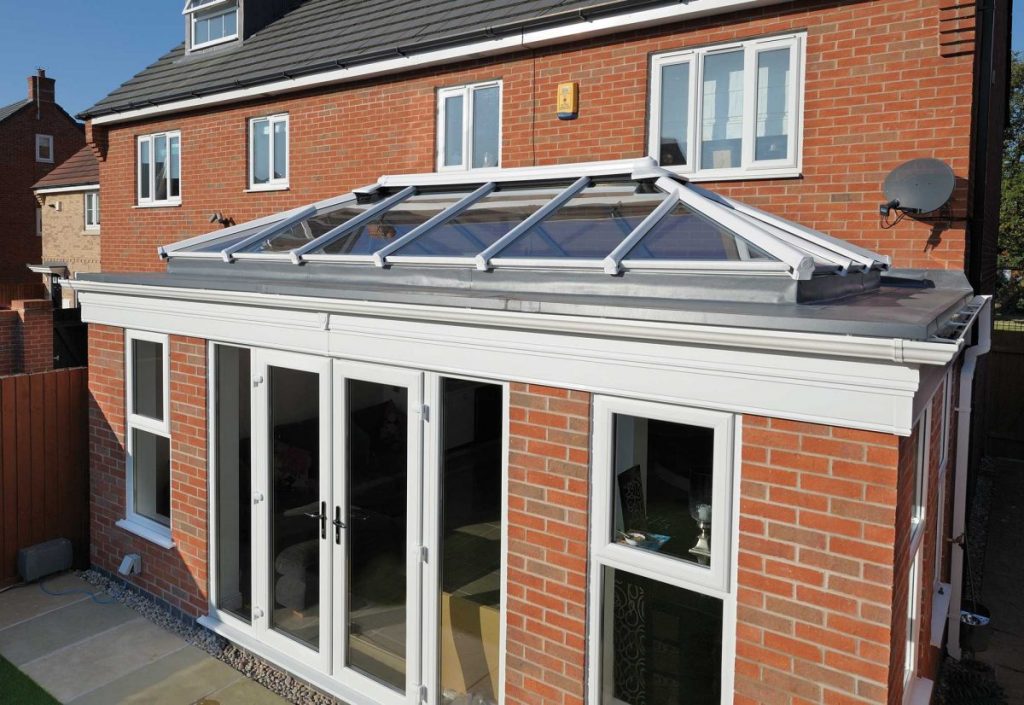
Make a Decision on Conservatories vs Orangeries With Pears Home Improvements
Both conservatories and orangeries provide attractive, spacious additions. While a conservatory offers bright, budget friendly space ideal for seasonal use with advanced glazing. An orangery, by contrast, feels like an all year living room, brighter than an extension but warmer and more integrated than a conservatory.
Ultimately, the choice depends on your budget, lifestyle, and long-term goals. With Pears Home Improvements, you can gain precisely what you need, whether that’s the affordability of a conservatory or the sophistication of an orangery.
Simply start your quote with us for your desired new space for a bespoke quote on orangeries or conservatories. You can also get in touch with us via our online contact form to request a price directly from our friendly team, with no obligation. Let’s increase your Worcester home’s property appeal and value by working together!
Categories: Updates



